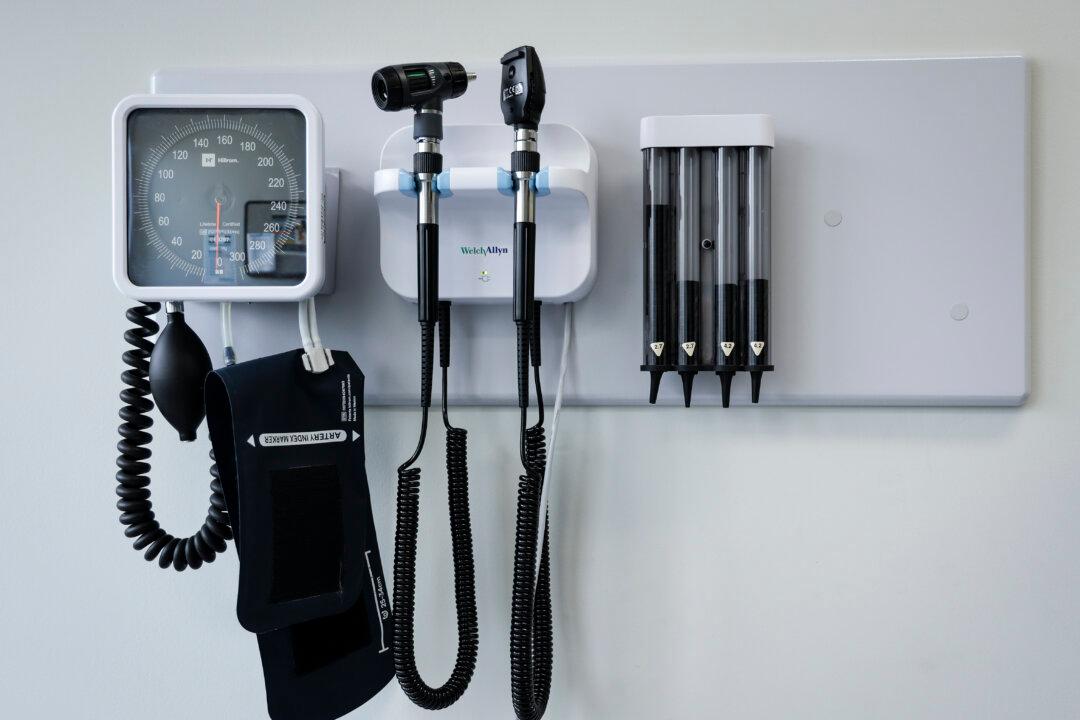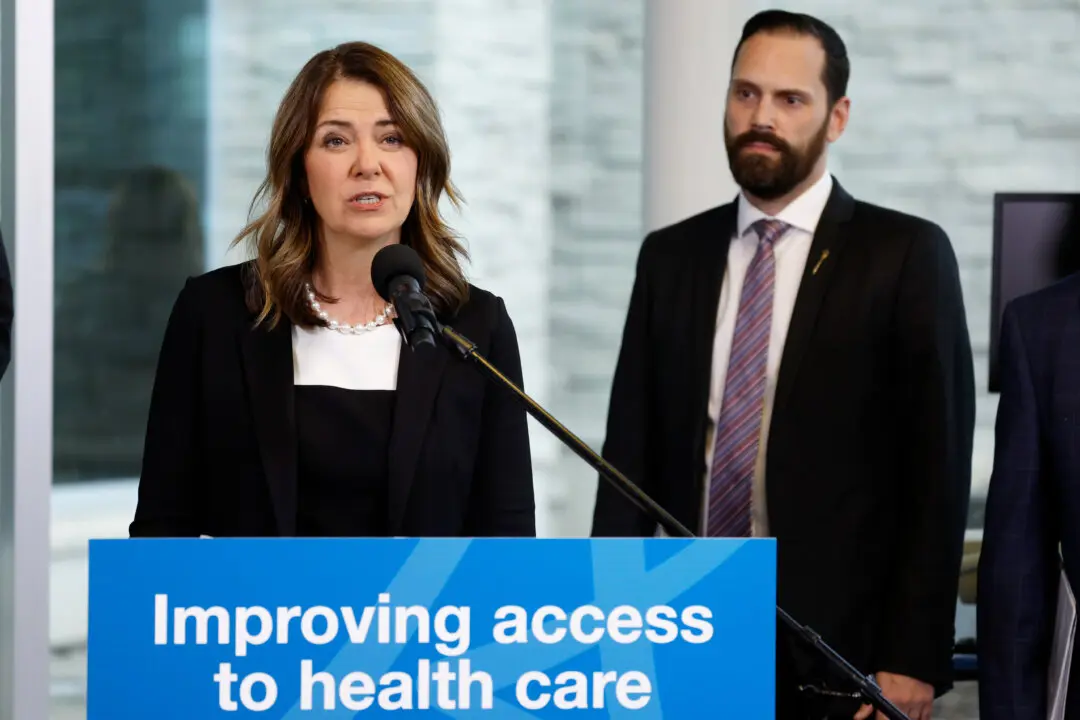Despite a slight improvement in health-care wait times, 3–5 million Canadians are still on waiting lists, according to a recent report.
The findings, by think tank SecondStreet, include provincial data on wait-lists for surgery, diagnostic testing, and consultation with specialists. They show 1.5 million people are waiting for diagnostic support, another million are on hold to see a specialist, and more than 600,000 Canadians are awaiting surgery.





